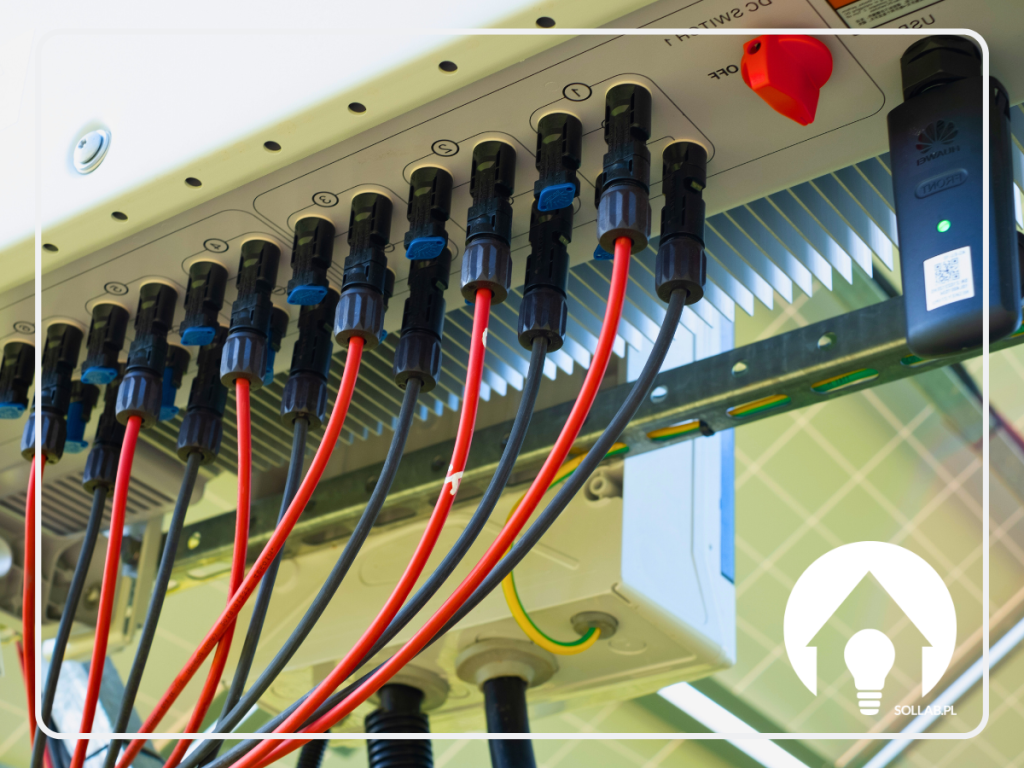The generation of electricity in photovoltaic modules is due to the semiconductor P-N junction. P-type cells use doped boron, which has one electron less than silicon and therefore allows positive electron holes to form. The opposite is true for N-type cells. These use doped phosphorus, which has one more electron than silicon, resulting in negative electron holes. The names N and P refer to the words: negative i positive.
The difference between the two can also be described figuratively, in a nutshell: P-Type cells are made up mostly of P-type silicon and a thin layer of N-type silicon, while the opposite is true for N-Type cells.
BENEFITS OF N-TYPE TECHNOLOGY
Although N-Type cells were developed earlier than P-Type cells, the current 90% of the market is P-Type cells. In their favour price. However, photovoltaic industry experts predict that the situation may change in the near future and that the market will be dominated by N-Type technology. One reason for this is the possibility of achieving higher efficiencies in N-type modules. The peak efficiency of P-Type cells has already been reached (24.5%), while N-type cells are expected to increase efficiency to as much as 28.7%. This small difference will significantly increase the power output of a cell with still the same surface area. Which could translate into higher efficiency.
Efficiency is not the only element driving interest in N-type cells. N-type cells have a better temperature coefficient and therefore have higher production in hot weather.
N-types have a higher resistance to LID degradation, i.e. light-related effects. Hence the longer performance guarantee
PRICE DIFFERENCES
The difference in price is due to the fact that N-Type technology requires greater accuracy at the production stage. Consequently, the cell manufacturing process requires additional testing and safety features, which generates costs. Initially, the difference between modules based on these cells was very large, but now it is approaching a level that is increasingly acceptable to the market.


















